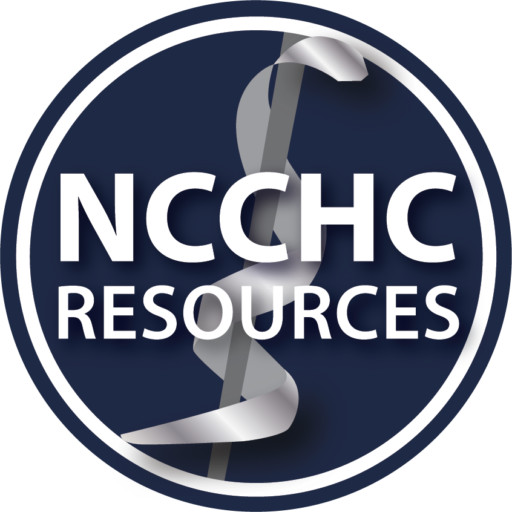By Richard Forbus, CCHP
It’s hard to believe that it’s been nearly four years since the COVID-19 pandemic lockdowns began. Since then, COVID continues to have a significant impact on health care staff, custody staff, delivery of health care services, and operations in correctional facilities across the United States. One of the biggest and most far-reaching challenges is ongoing staffing shortages.
Various factors contribute to these shortages, including experienced professionals leaving the field due to burnout, leadership turnover, stress, increased risks due to sustained staffing shortages, and higher pay and travel opportunities through contract and travel nursing.
There is little doubt that staffing shortages put our correctional facilities at higher-than-ever risk of critical incidents, especially with respect to adverse medical outcomes and issues related to safety and security. Unfortunately, we are seeing an increase in allegations of serious health care deficiencies contributing to adverse outcomes; almost every incident attributes these events to staffing shortages.
Despite enhanced recruiting efforts, such as pay increases, bonuses, and other incentives, there does not seem to be an immediate resolution to these ongoing staffing challenges. Incentives have not proven to be a long-term or reliable solution, with many health services providers facing staffing deficits of 25% or more of their approved staffing levels.
There is, however, a largely untapped resource that facilities and health care providers could benefit from: The use of technology. One positive result of the pandemic is the expanded use of and access to technology. While this came out of efforts to protect staff and patients from exposure to COVID-19, it has continued into the post-pandemic era due to obvious gains in efficiency and convenience while still allowing quality health care to be provided to patients. The use of telehealth is a good example.
Telehealth is often discussed in the context of remote care, but the same systems can have significant value within a facility, especially one facing staffing shortages. Telehealth can be used for routine in-house care and follow up, when indicated, which allows patients to see a health care professional while also saving time and resources such as escorting custody staff and standbys. Processes such as non-emergent health services requests can be automated and streamlined to reduce labor utilization while ensuring timely attention and care is provided for patient needs.
To make expanded telehealth a reality requires collaboration between custody and health staff, but it is well worth the effort, as everyone will reap the benefits of increased efficiency. The technology used to expand telehealth services can also be used to provide other services to residents, including visitation, programming, education, and other privileges via use of a tablet or kiosk.
Funding for infrastructure to support technology is always a challenge, but agencies need to examine the costs and potential liability of not providing mandated services, just as closely as they consider the costs of labor and infrastructure. A single adverse medical outcome or death deemed preventable, or at least contributed to by a lack of proper access and care, could cost more in the long run than the initial investment in technology would have. Costs associated with improved employee morale, safety, retention, and attendance are difficult to measure…but those results are priceless.
Answers to today’s staffing shortages are not clear, but it is time to consider the role technology can play in improving some of the traditionally manual processes associated with correctional health care. We have an opportunity to mitigate some of the challenges, improve the timeliness and quality of care, improve efficiency, enhance safety for all, and ultimately improve outcomes and preventative care through early identification and intervention. Given the current challenges facilities are facing, there is no better time than now.
Richard Forbus, CCHP, is NCCHC’s vice president of program development. Reach him at [email protected].

